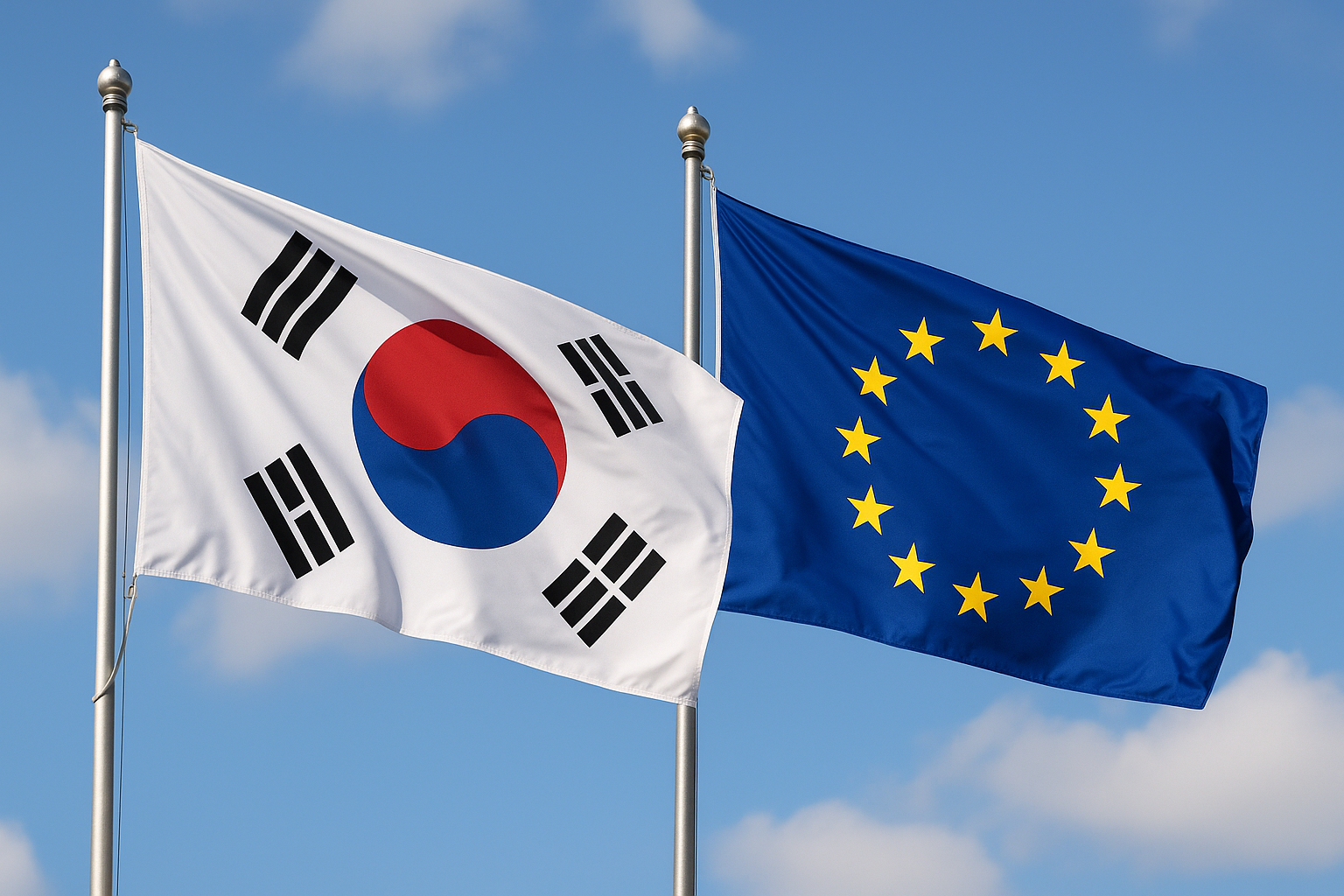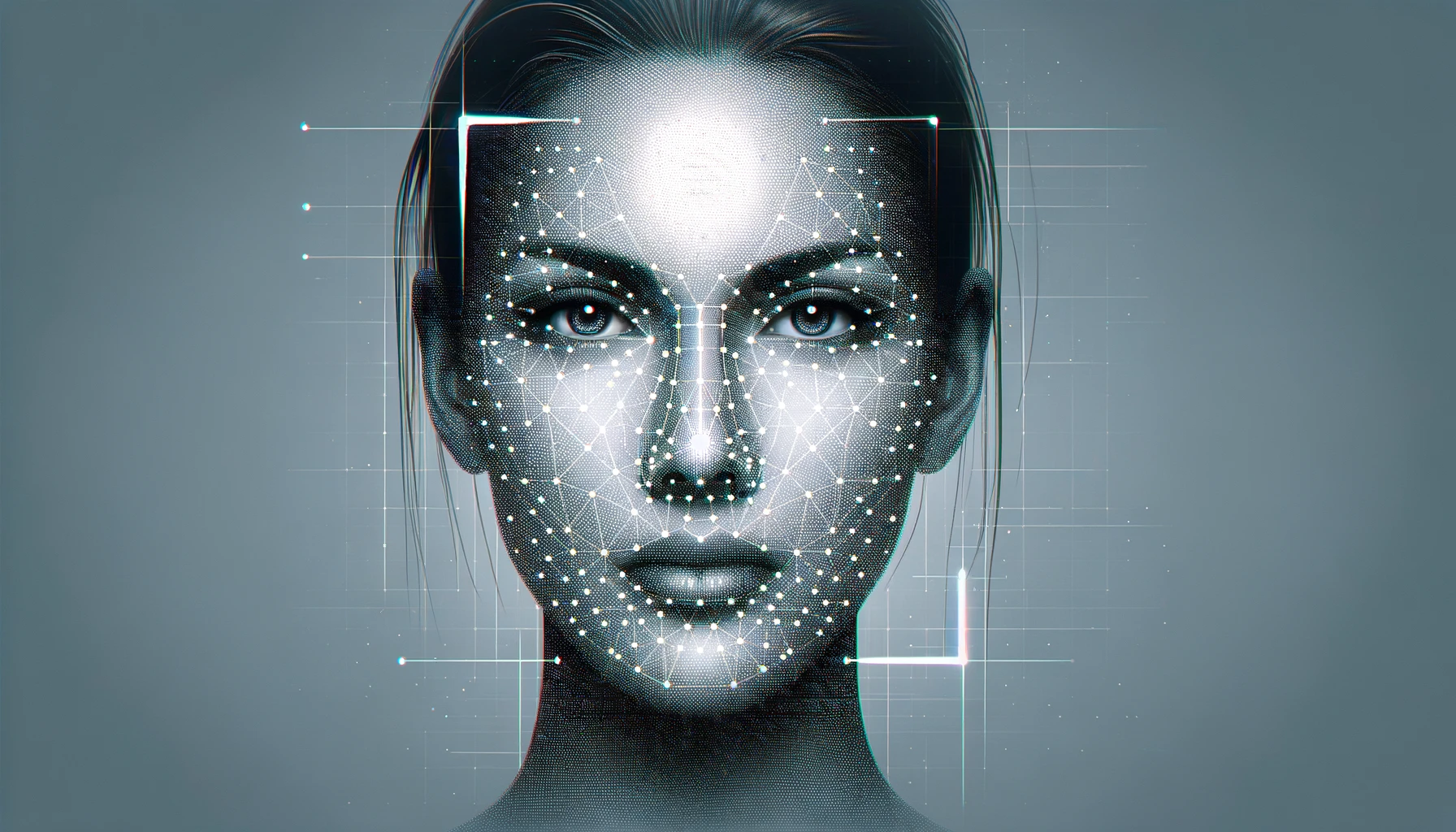Cyberattacks are intensifying worldwide, with Australia now ranked fourth globally for threats against operational technology and industrial sectors. Rising AI-powered incursions have exposed serious vulnerabilities in the country’s national defence and critical infrastructure.
The 2023–2030 Cyber Security Strategy designed by the Government of Australia aims to strengthen resilience through six ‘cyber shields’, including legislation and intelligence sharing. But a skills shortage leaves organisations vulnerable as ransomware attacks on mining and manufacturing continue to rise.
One proposal gaining traction is the creation of a volunteer ‘cyber militia’. Inspired by the cyber defence unit in Estonia, this network would mobilise unconventional talent, retirees, hobbyist hackers, and students, to bolster monitoring, threat hunting, and incident response.
Supporters argue that such a force could fill gaps left by formal recruitment, particularly in smaller firms and rural networks. Critics, however, warn of vetting risks, insider threats, and the need for new legal frameworks to govern liability and training.
Pilot schemes in high-risk sectors, such as energy and finance, have been proposed, with public-private funding viewed as crucial. Advocates argue that a cyber militia could democratise security and foster collective responsibility, aligning with the country’s long-term cybersecurity strategy.
Would you like to learn more about AI, tech, and digital diplomacy? If so, ask our Diplo chatbot!










